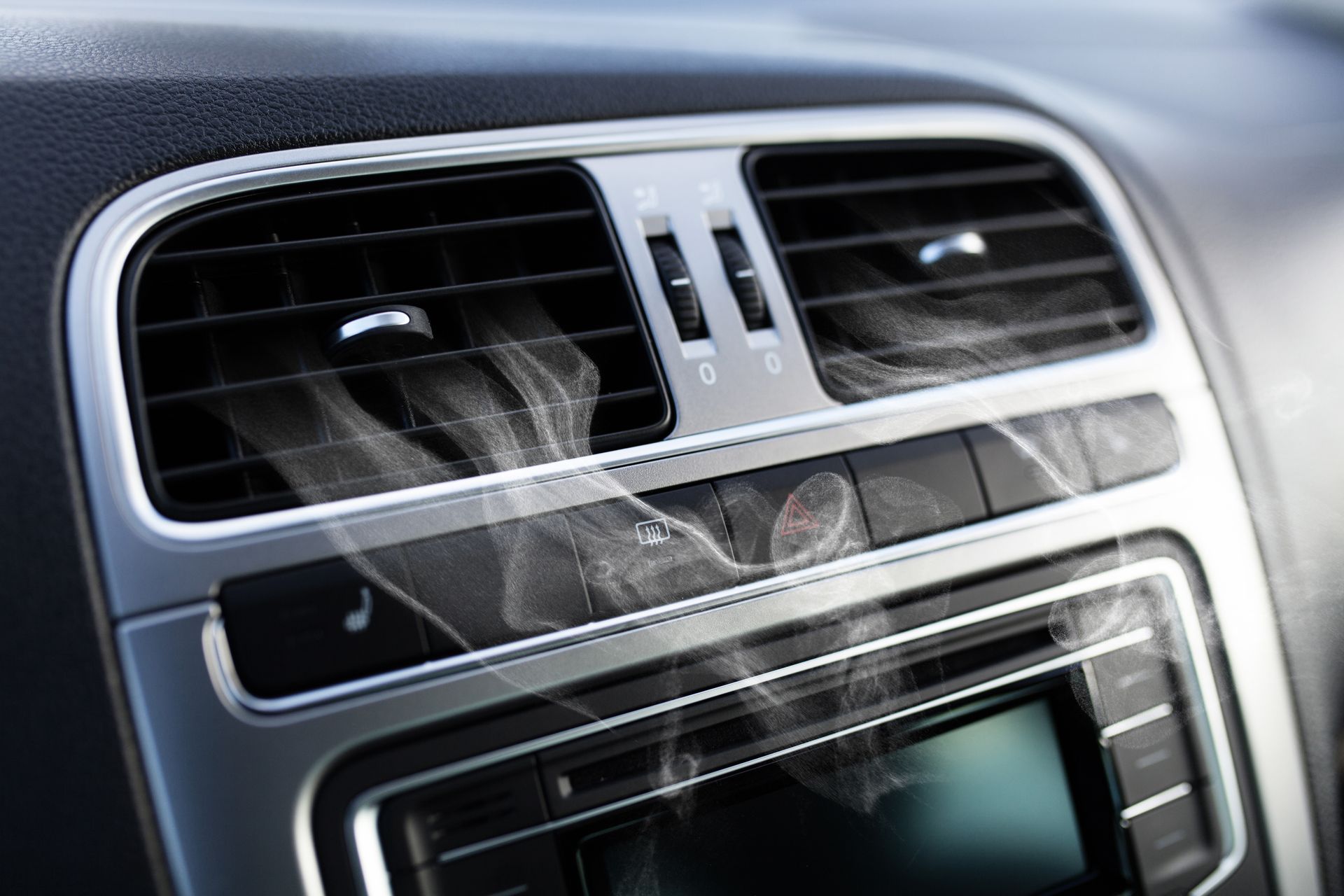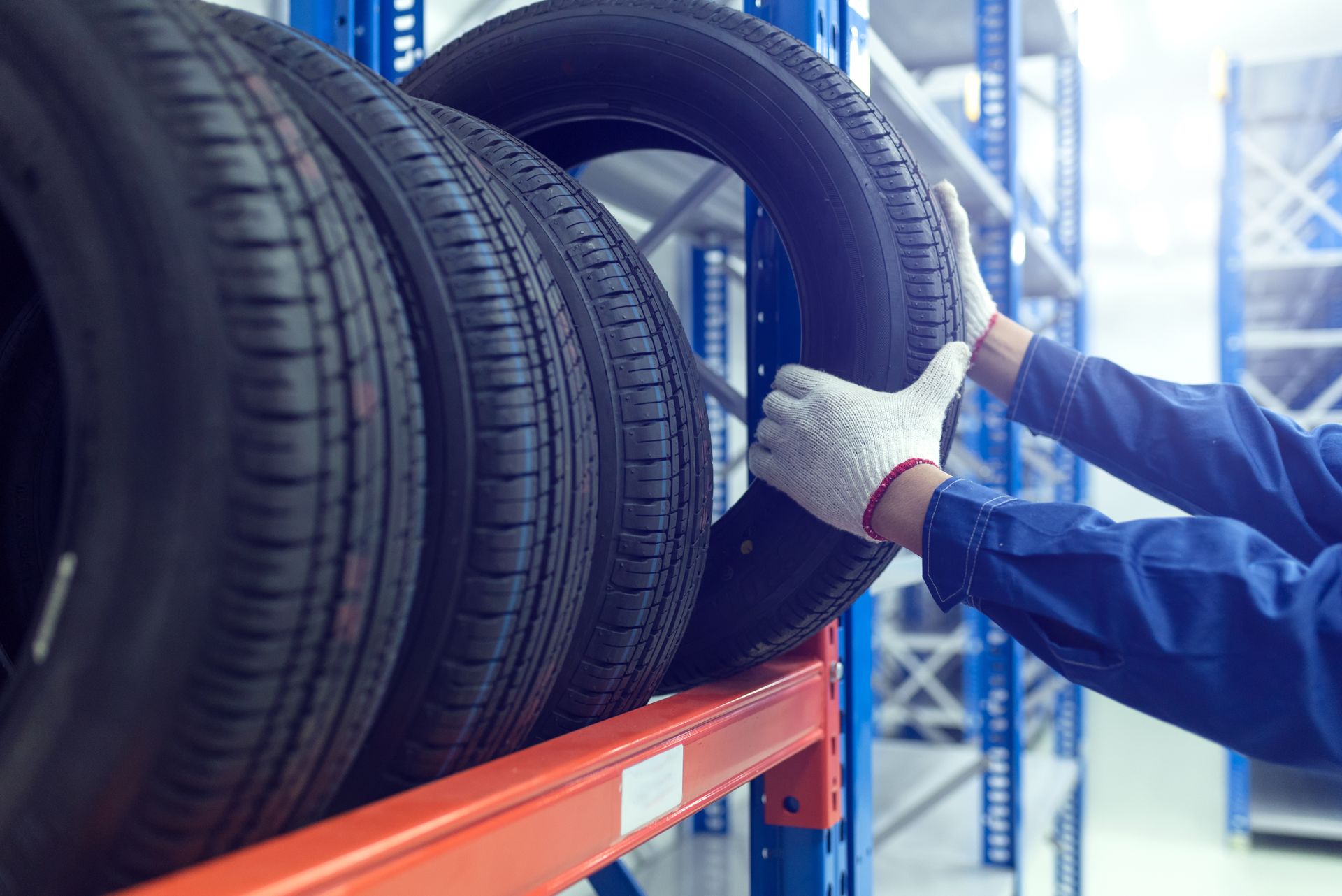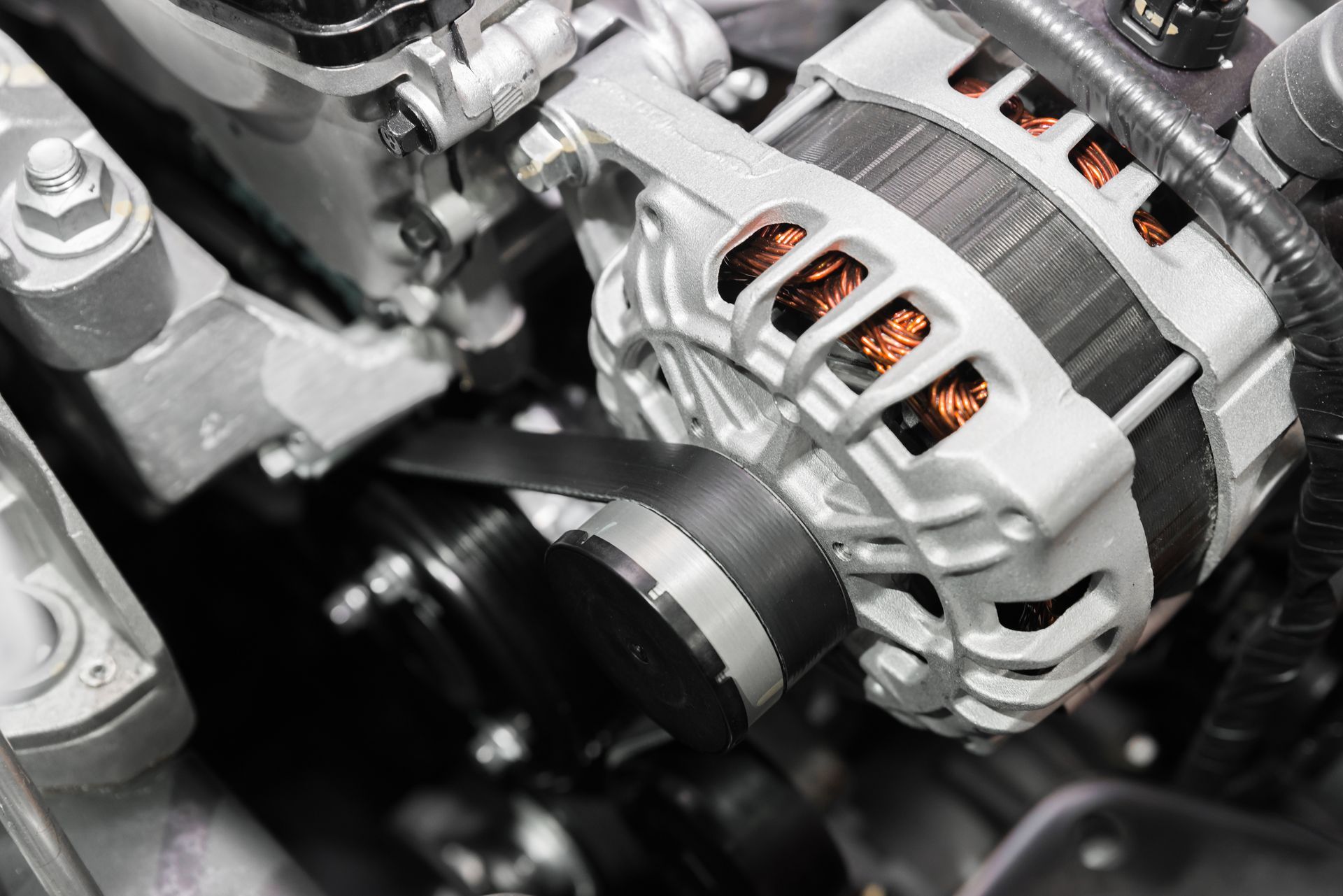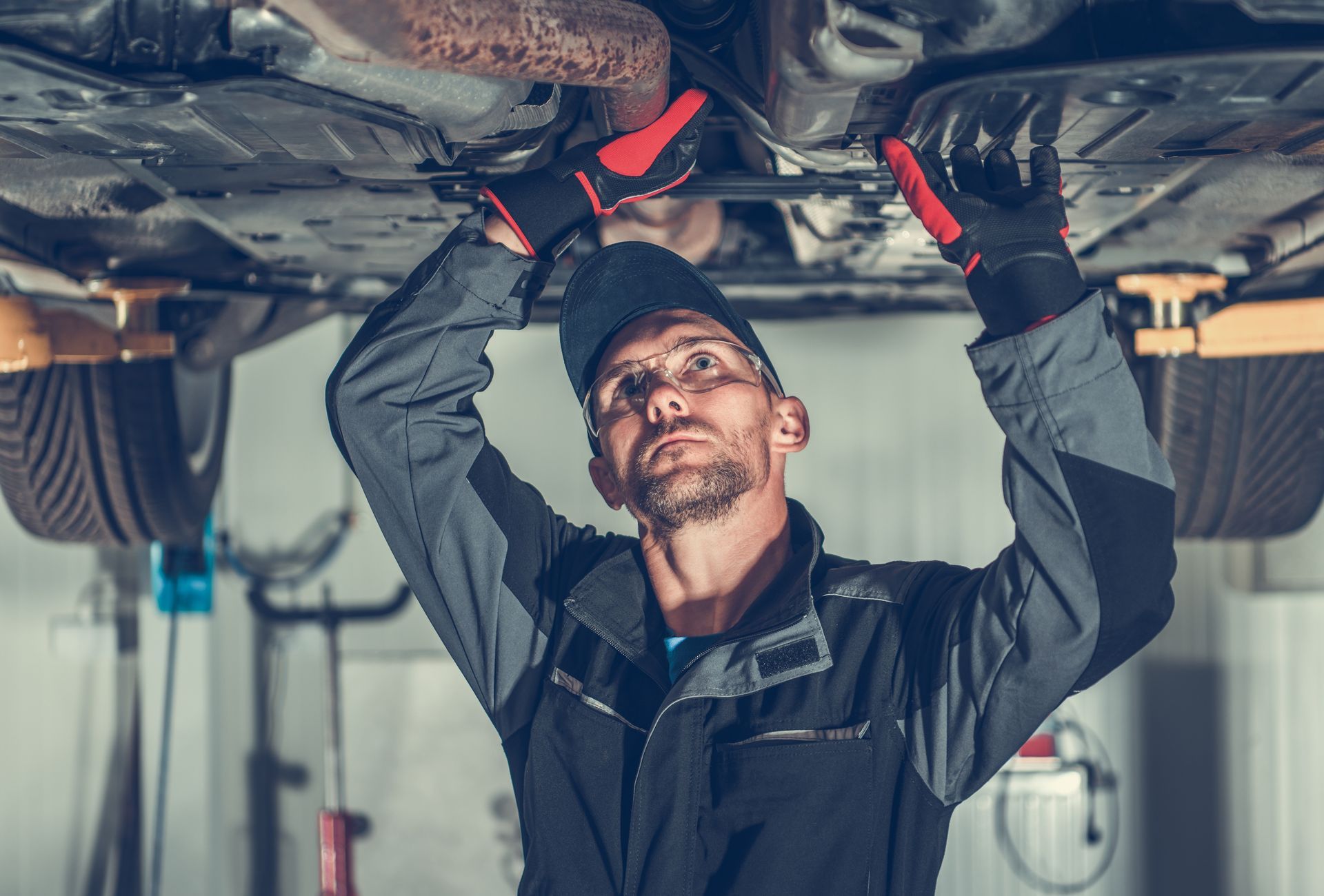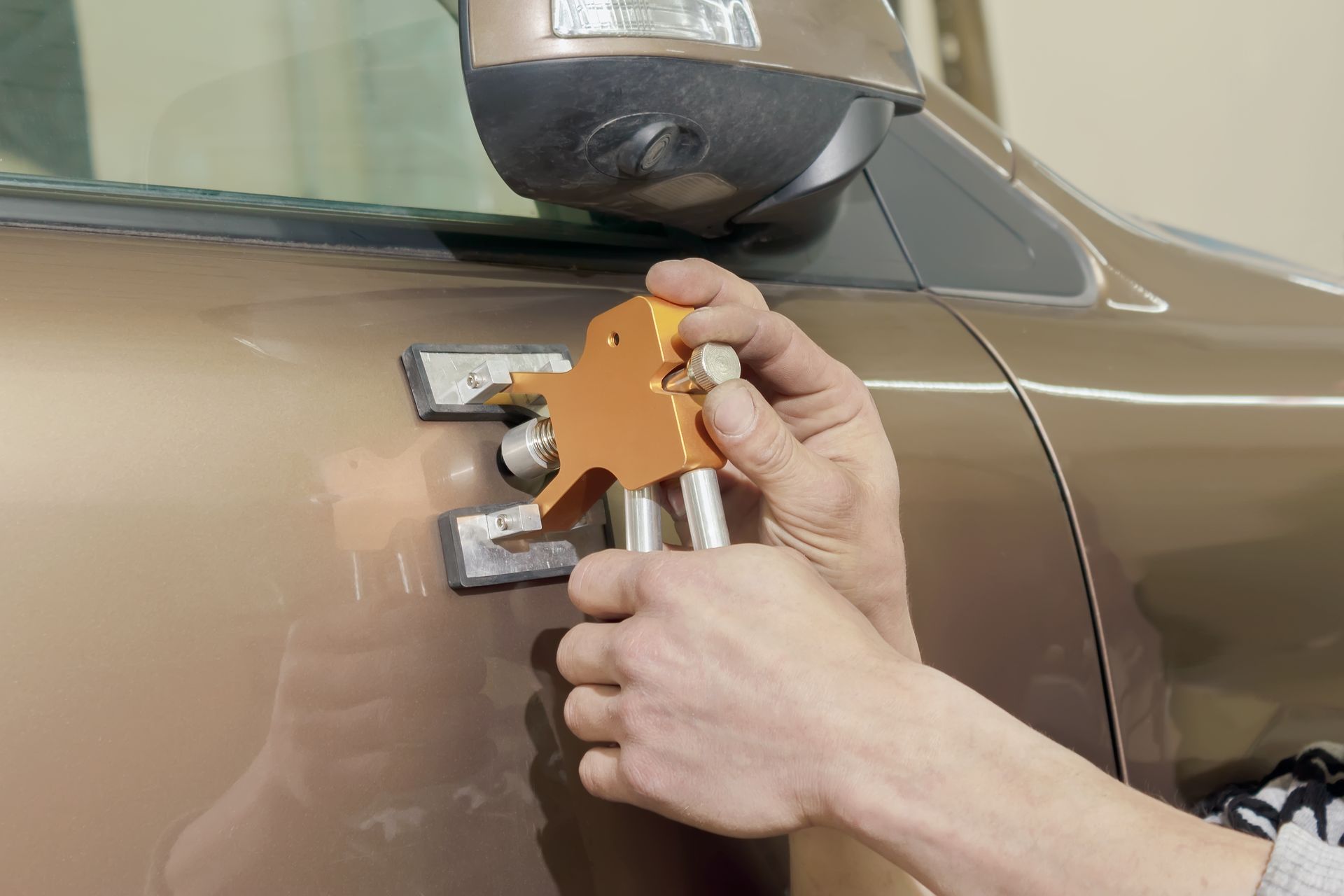Loading ...
Missing business hours data / Error occurred while getting the data.
Loading ...
Missing business hours data / Error occurred while getting the data.
What Kind of Axle Repairs Are There
What Kind of Axle Repairs Are There
When it comes to ensuring the smooth operation of your vehicle, the axles play a crucial role in transferring power from the engine to the wheels. Over time, however, axles can experience wear and tear, leading to various issues that require attention. Understanding the different types of axle repairs is essential for maintaining the performance and safety of your vehicle.
Let's explore these repair options in more detail:
CV Joint Replacement
Constant Velocity (CV) joints are vital components of front-wheel-drive and all-wheel-drive vehicles. These joints allow the axle to flex and articulate while transmitting power to the wheels, ensuring smooth operation during turns and uneven terrain.
Signs of a failing CV joint include:
- Clicking or popping sounds when turning
- Vibrations during acceleration
- Grease leakage around the joint.
If left unaddressed, a damaged CV joint can lead to further damage to the axle and drivetrain. During a CV joint replacement, the old joint is removed, and a new one is installed to restore proper functionality. This repair is essential for maintaining the integrity of the axle and ensuring smooth driving performance.
Axle Shaft Replacement
Axle shafts are responsible for transmitting power from the transmission to the wheels, allowing for smooth movement and control. These shafts endure significant stress and strain, especially in vehicles with high mileage or heavy loads.
Symptoms of a damaged axle shaft include excessive vibration, clunking noises from the wheels, and difficulty steering. If the axle shaft is bent, cracked, or otherwise compromised, it may need to be replaced to maintain safe driving conditions.
Axle shaft replacement involves removing the old shaft and installing a new one that meets the manufacturer's specifications. This repair is crucial for ensuring proper power distribution to the wheels and preventing drivetrain issues.
Differential Repair
The differential is a vital component of the drivetrain, responsible for distributing power evenly to the wheels while allowing for smooth turns and traction control. Over time, the gears, bearings, and seals within the differential can wear out, leading to performance issues.
If you’re dealing with whining or grinding noises, difficulty turning, and uneven tire wear, it could very well be a differential problem. Differential repairs may involve replacing worn gears, bearings, or seals to restore proper functionality and prevent further damage to the drivetrain.
Wheel Bearing Replacement
Wheel bearings support the weight of the vehicle and allow the wheels to rotate smoothly. These bearings can wear out over time due to factors such as age, mileage, and improper maintenance.
Symptoms of a worn wheel bearing include grinding or humming noises from the wheels, excessive vibration, and uneven tire wear. If a wheel bearing fails, it can lead to loss of control and potentially dangerous driving conditions.
During a wheel bearing replacement, the old bearing is removed, and a new one is installed to restore proper function and stability to the wheel assembly. This repair is crucial for maintaining safe driving conditions and preventing further damage to the vehicle.
If you notice any symptoms of axle problems, such as unusual noises or handling issues, it's essential to have your vehicle inspected by a qualified technician. At
In Stock Auto Outlet and Collision, our technicians can diagnose and address issues promptly to keep your vehicle on the road. Please do not hesitate to schedule an appointment with us today!
Loading ...
Missing business hours data / Error occurred while getting the data.
Working Hours
Having Trouble Finding Us?
Loading ...
Missing nap lines data / Error occured while getting the data.




